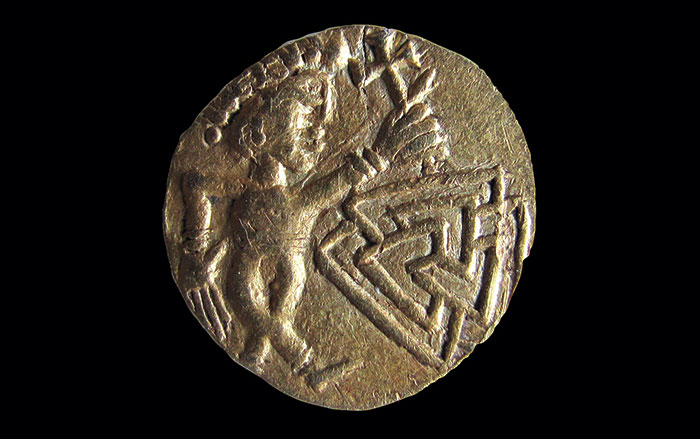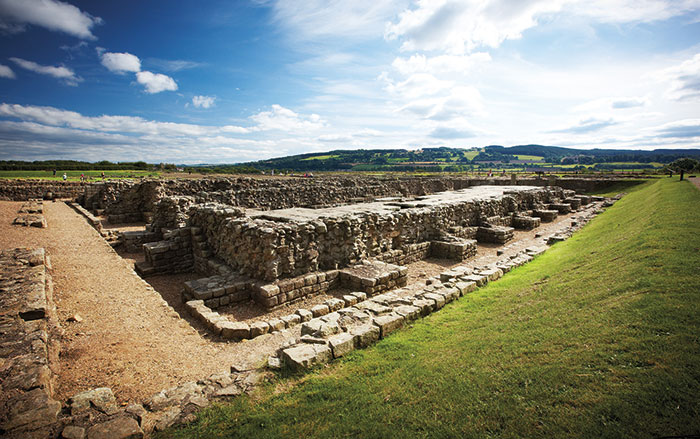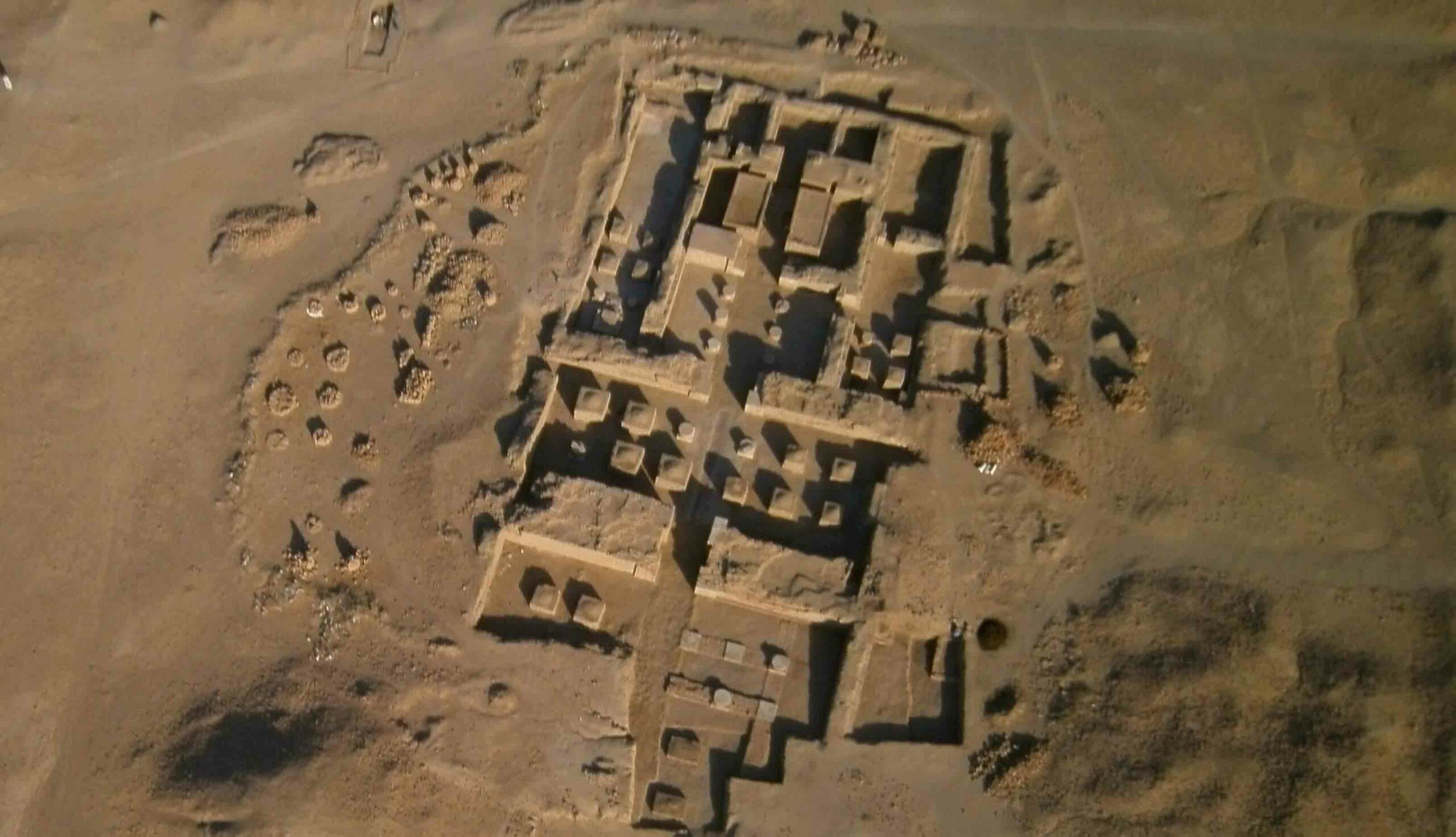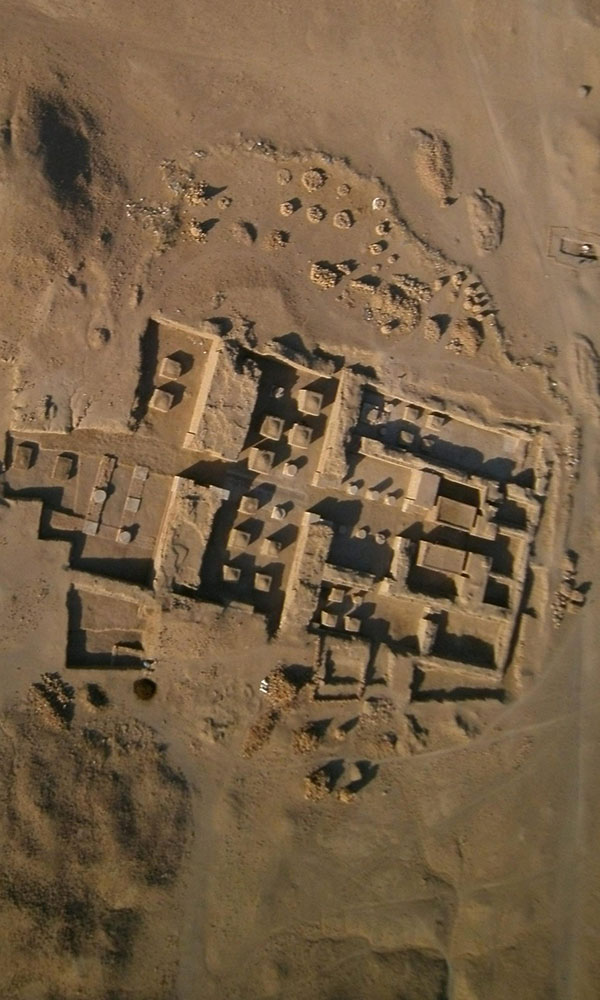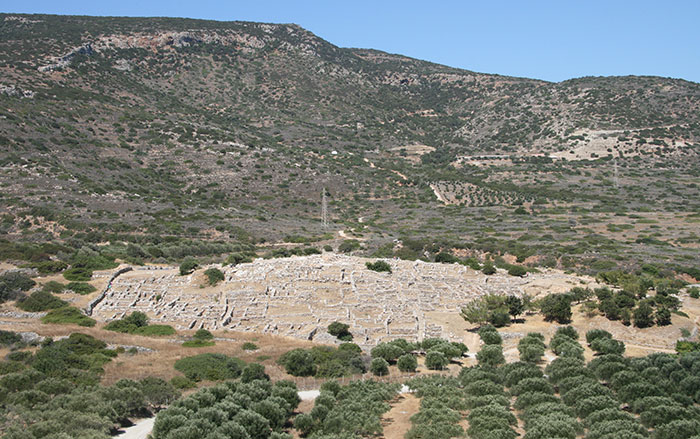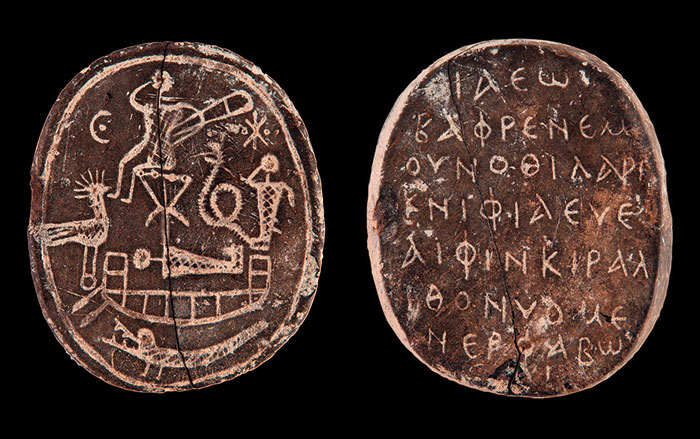
LEICESTERSHIRE, ENGLAND—A technique that has been developed by scientists at Loughborough University to track stolen metals could eventually help authorities in heritage conservation and enforcement trace stones stolen from historic sites in rural areas. A chemical blueprint of the stone is extracted with a gelatin sheet usually used to lift developed fingerprints or footprints. The sample is then scanned using laser induced breakdown spectroscopy. “This technique of lifting a sample from the surface of stone and scanning it could ultimately lead to us feeding the results into a national database, providing an indication of where geographically that sample came from. This can be done by comparing stone samples with other stone located across the country and could prove to be a useful point of reference for those tackling stone theft,” researcher Paul Kelly said in a press release. To read about how lasers are being used by archaeologists in a completely different way, go to "Saving the Villa of the Mysteries."


